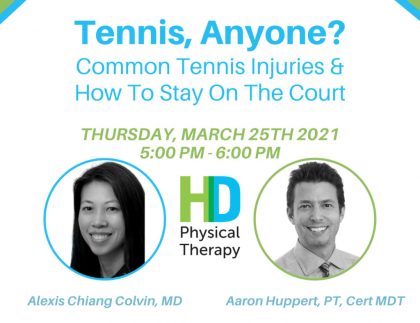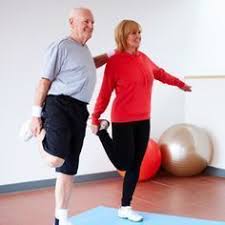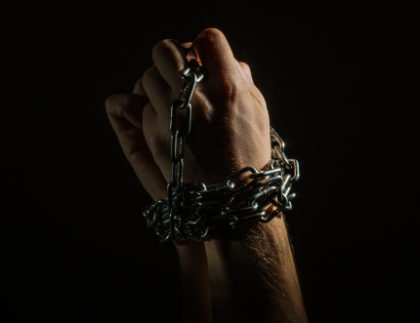
There is an unfortunate yet pervasive trend among some patients, and even practitioners, to speak of “fixing their problem,” versus “having themselves healed.” At first glance it doesn't seem to be that important of a distinction; “fix” is more objective sounding, while “heal” is a bit more abstract, or mystic in contemporary jargon. One term typically applies to the recourse taken on a refrigerator or defunct transmission, the other to a human being. This semantic difference is, in almost all cases, an often innocent and benign mistake spoken out of desperation, convenience, or simply uncertainty. On rare occasion, however, it can be a more noxious indicator of a pernicious and highly difficult condition to treat… the case of “the patient that doesn’t want to help himself.”
In classical Chinese Medicine, physicians were esteemed not only by the potency of their medicines or the success of their treatments but by their ability to determine which patients were decidedly untreatable. One such legendary doctor, named Bian Que, lived almost 2,000 years ago and has been long revered for his ability to cure many difficult illnesses, and bring many hopeless cases back from the brink of death.

However, Dr. Que is also uniquely remembered for a case that he would not attempt to cure. His patient at the time was an arrogant, and robust king. The affluent man led an indulgent, selfish lifestyle, but also harbored a “hidden” illness that only the doctor could see. The king, reveling in his apparent good health and fortune, scoffed at Dr. Que and disregarded all opportunities to change his ways and undergo relatively simple treatment interventions. Finally, and all at once, the king became gravely and irreversibly ill. It was then, at this “untreatable” state, and in fear of the king’s delirious wrath, that Bian Que fled the royal palace and ran safely off into the woods.
Although many practitioners today would love to “run off into the woods” at the first sign of a troublesome patient, professional protocol and local State Law prevent such an amusing convenience. However, this true story does illustrate the importance of the patient’s “active” and working participation in the process of becoming better, that is… being healed.
Personally, I have learned through clinic experience that there is always hope in healing even the most difficult and “untreatable” conditions if the patient is of a positive and encouraged attitude. Likewise, how impossible it is to work with the opposite type of person, who condemns himself, or herself, at the onset of treatment, preferring instead unnecessary surgical approaches or other “passive” panaceas. Perhaps the inanimate, more lifeless term “fix” is here more appropriately resigned.

In contrast to our modern medical machine, the ancient system of patient and healer was without solicitation, salesmanship, or commercial bargaining on behalf of the doctor. These ancestral patients would “actively” seek out help for themselves by traveling far off the beaten path, and overcoming much hardship, to find and commit to a distinguished healer. Therefore, it is just as important for us today that we approach our own health and wellness with the same dedication and enthusiasm as those that have come before us.
So take charge of your body, reach out in the form of hope for active “healing,” surmount impossible obstacles and grasp upward with the desire to help yourself.










You must be logged in to post a comment.